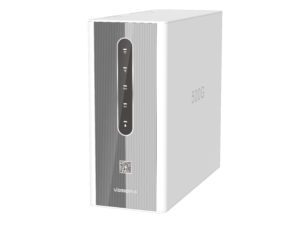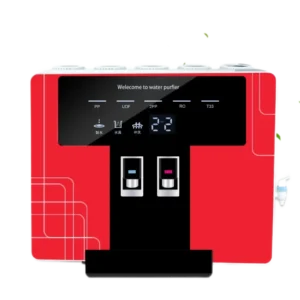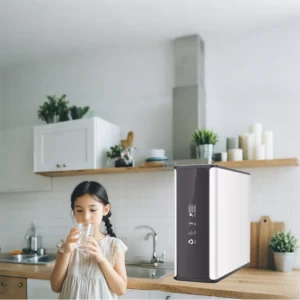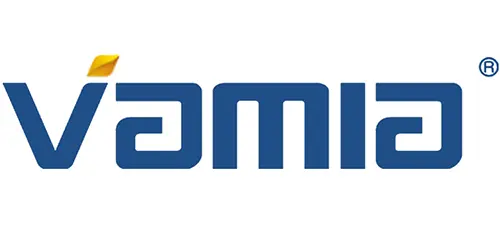A Big Reveal of Water Purifier Filter Types: Which One Best Meets Your Needs?
There are several types of water purifier filters, each with its own characteristics and suitable for different needs.
The first type is the sediment filter. As the name implies, it is mainly used to remove large particles
in water, such as sand, rust, and dirt. These particles can cause clogs in pipes and affect the performance
of other filters. Sediment filters are often used as pre – filters in water purification systems.

They are relatively inexpensive and easy to replace. If your tap water is visibly turbid
or has a lot of sediment, a sediment filter is a must – have.
in water, such as sand, rust, and dirt. These particles can cause clogs in pipes and affect the performance
of other filters. Sediment filters are often used as pre – filters in water purification systems.

They are relatively inexpensive and easy to replace. If your tap water is visibly turbid
or has a lot of sediment, a sediment filter is a must – have.
The second type is the activated carbon filter. Activated carbon has a large surface area and
can adsorb a wide range of contaminants. It is highly effective in removing chlorine,
which is commonly added to tap water for disinfection. Chlorine not only gives water an unpleasant taste
and smell but also reacts with organic matter to form harmful by – products. Activated carbon filters can also
adsorb organic compounds, such as pesticides and herbicides, and improve the overall taste of water.

If you are concerned about the taste and smell of your tap water, an activated carbon filter is a good choice.
can adsorb a wide range of contaminants. It is highly effective in removing chlorine,
which is commonly added to tap water for disinfection. Chlorine not only gives water an unpleasant taste
and smell but also reacts with organic matter to form harmful by – products. Activated carbon filters can also
adsorb organic compounds, such as pesticides and herbicides, and improve the overall taste of water.

If you are concerned about the taste and smell of your tap water, an activated carbon filter is a good choice.
The third type is the ultrafiltration membrane filter. Ultrafiltration membranes have pores that are small enough
to trap bacteria, viruses, and large – molecular – weight impurities. They can remove particles as small as 0.01 – 0.1 micrometers.
Ultrafiltration filters are suitable for areas where the main concern is the presence of microorganisms and larger impurities.
to trap bacteria, viruses, and large – molecular – weight impurities. They can remove particles as small as 0.01 – 0.1 micrometers.
Ultrafiltration filters are suitable for areas where the main concern is the presence of microorganisms and larger impurities.
They do not require a lot of energy to operate and can retain beneficial minerals in the water.
Water Purifier Factory, Water Purifier For Home, Water Purifier Machine,Water Purifier, Water Filter Purifier System
Water Purifier Factory, Water Purifier For Home, Water Purifier Machine,Water Purifier, Water Filter Purifier System
The fourth type is the reverse osmosis membrane filter. Reverse osmosis membranes are the most effective in removing contaminants.
They can filter out particles as small as ions, including heavy metals, dissolved salts, and most bacteria and viruses.
However, they also remove beneficial minerals along with contaminants. Reverse osmosis filters are suitable for areas
with very poor water quality, especially when there are high levels of heavy metals or dissolved salts. In summary,
understanding the characteristics of different filter types can help you choose the one that best meets your water purification needs.
A Big Reveal of Water Purifier Filter Types: Which One Best Meets Your Needs?

